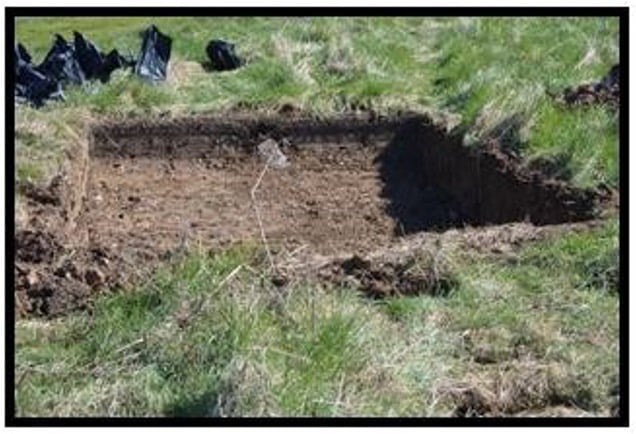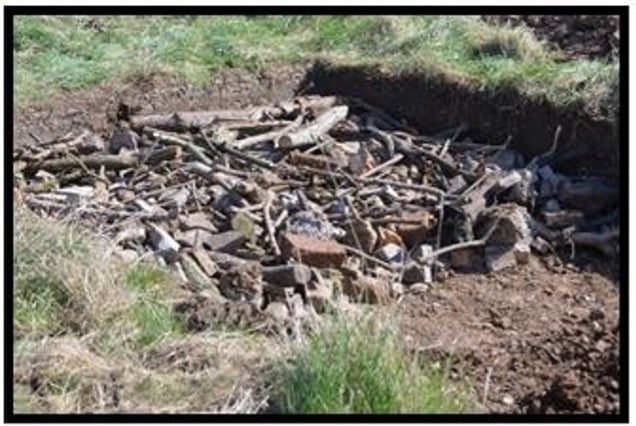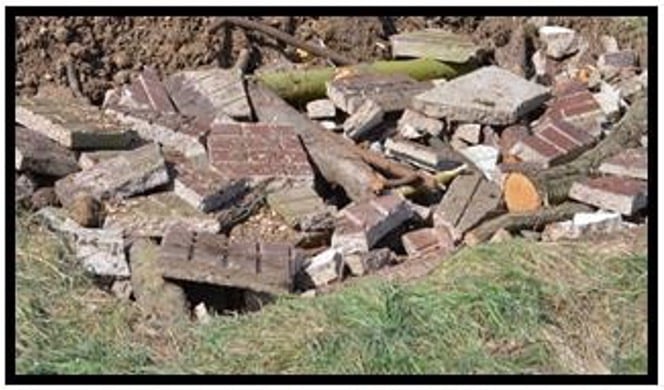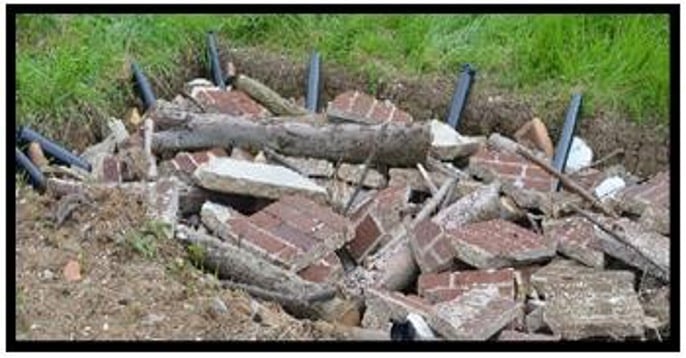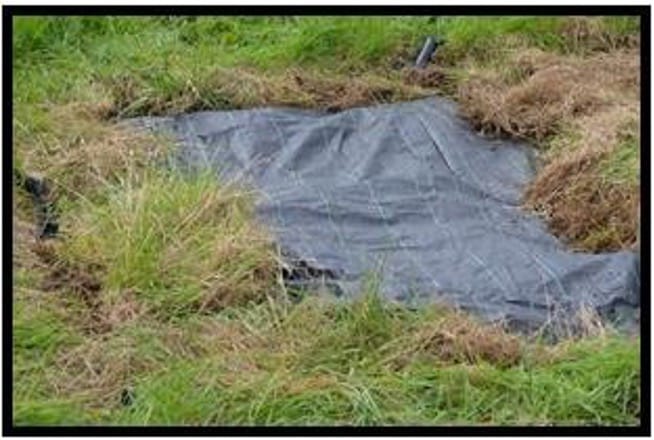HIBERNACULA FOR AMPHIBIANS
A Case Study from Grimsby Golf Club
Common frog and common toad populations have been reported as being in decline since the 1970s
Common toad populations have declined across the UK by 68% over the past 30 years, whichapproximates to a 2.26 % decline per year.
These declines are attributable to urbanisation, agriculture, pollution and climate change allied topoor habitat management, all contributing in particular to pond loss
Pond numbers in England and Wales decreased by 75% (500000) during the 20th Century froma maximum of about 800,000 in the late 19th century to around 200,000 by the 1980s. Anincrease of around 6% occurred between 1990 and 1998
Increased significantly by 12.5% from 425,000 to 478,000 ponds between 1998 and 2007, 18,000ponds were lost but 70,600 new ponds created
**All amphibians require good quality undisturbed terrestrial habitats around the breeding ponds
Common toad
Ponds at breeding time.
Prefer drier habitats than frogs and can move 2km or more from their breeding pond, which theythen try to return to next season.
Common frog
Ponds during the breeding season (March – April) then many adults live away from water wherever they can find damp cover. The adults hibernate in muddy burrows, deep in leaf litter or in the mudat the bottom of ponds
Great crested newt
Woods/ grasslands within which it favours large ponds with abundant weeds and no fish.
Smoothnewt
Breeds in ponds and shallow lakesides and hibernate on adjacent land
Palmate newt (unlikely presence)
Breeds in still and occasionally running water ie ponds/ditches that do not support fishHibernaculum in its Latin roots means, “winter quarter”, with hibernus being Latin for winter.Thus, hibernacula are places of refuge for amphibians in cold climates during winter whenresources are limited and temperatures are low.
Technically amphibians do not HIBERNATE but BRUMATE which means they hideunderground, in rock crevices and in burrows to stay warm and safe – so they may appearduring warmer periods of winter foraging for food
TO AID AMPHIBIAN WINTER SURVIVAL ONE CAN CONSTRUCT A HIBERNACULUMFOR THEM
HIBERNACULUM CONSTRUCTION AT GRIMSBY GOLF CLUB
**TWO HAVE BEEN CONSTRUCTED IN OUT OF PLAY AREAS**
- MEMBRANE COVER TOPPED WITH SOIL/TURF

